
Beatles Pops Concert
For more information about this event please visit the RMA Facebook event.

For more information about this event please visit the RMA Facebook event.
In response to the (age-old) complaint that there's nothing new happening in music, EMPAC modestly announces New Nothing, a series of concerts featuring national and international musicians working in the hybridized terrain of experimental-leaning popular music. These groups exemplify a global reality in which music hasn't just crossed borders but made them irrelevant. Popular music will never be the same.
Main Image:
Pianist Marilyn Nonken and cellist Steven Marotto were in residence in EMPAC's Concert Hall to record composer Morton Feldman's Patterns in a Chromatic Field (1981).
Main Image:
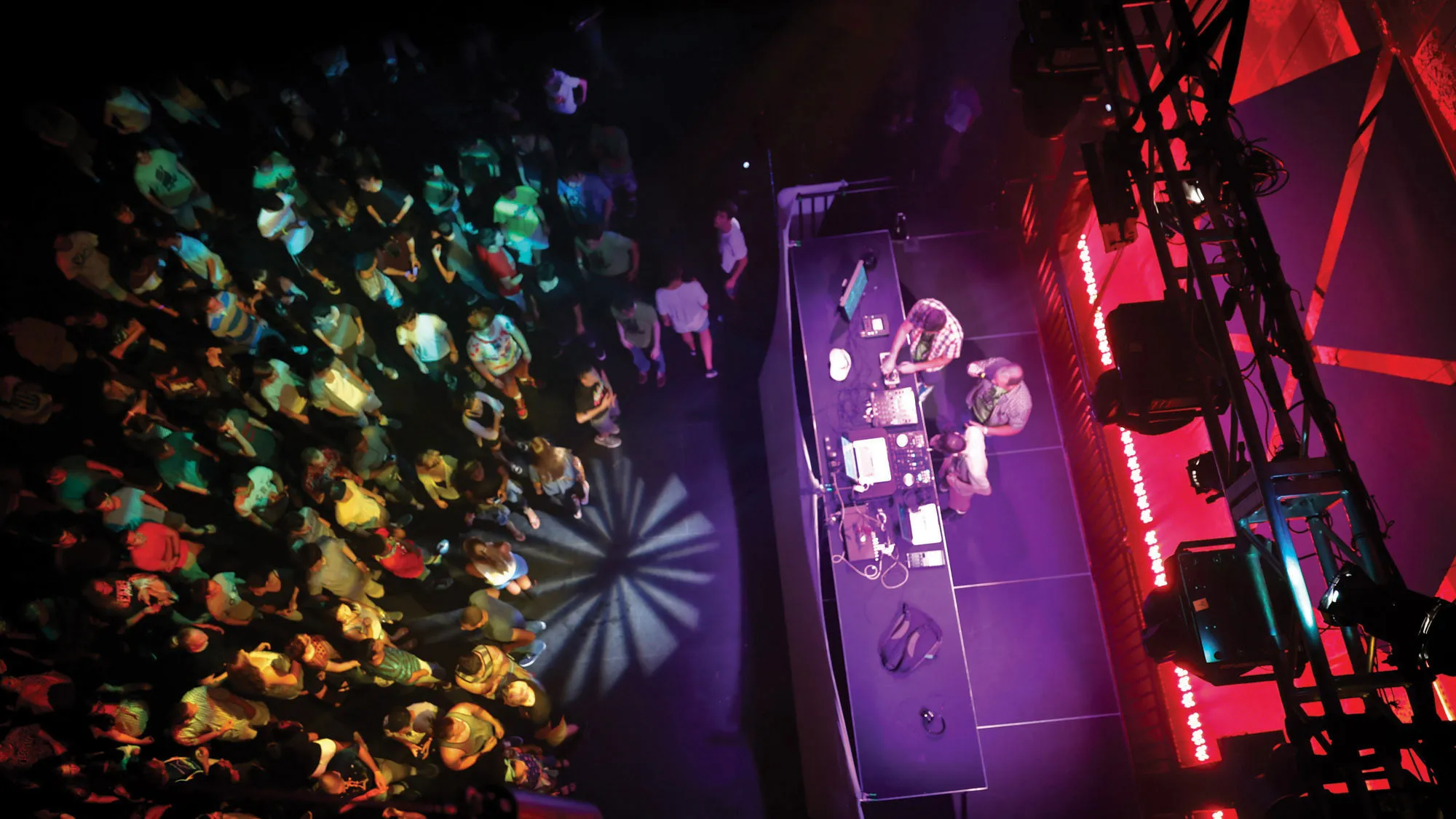
This annual event, featuring student performances as part of an electronic dance music mini-festival for the entire incoming class, is the culmination of a two-day workshop. Incoming freshmen participating in the workshop have the opportunity to work with fellow students and EMPAC staff to learn firsthand about the technology and work that goes on behind the scenes at EMPAC. The hands-on workshop paired students with EMPAC mentors, who guided them through the creative process with lighting, audio, video, and stage technologies.
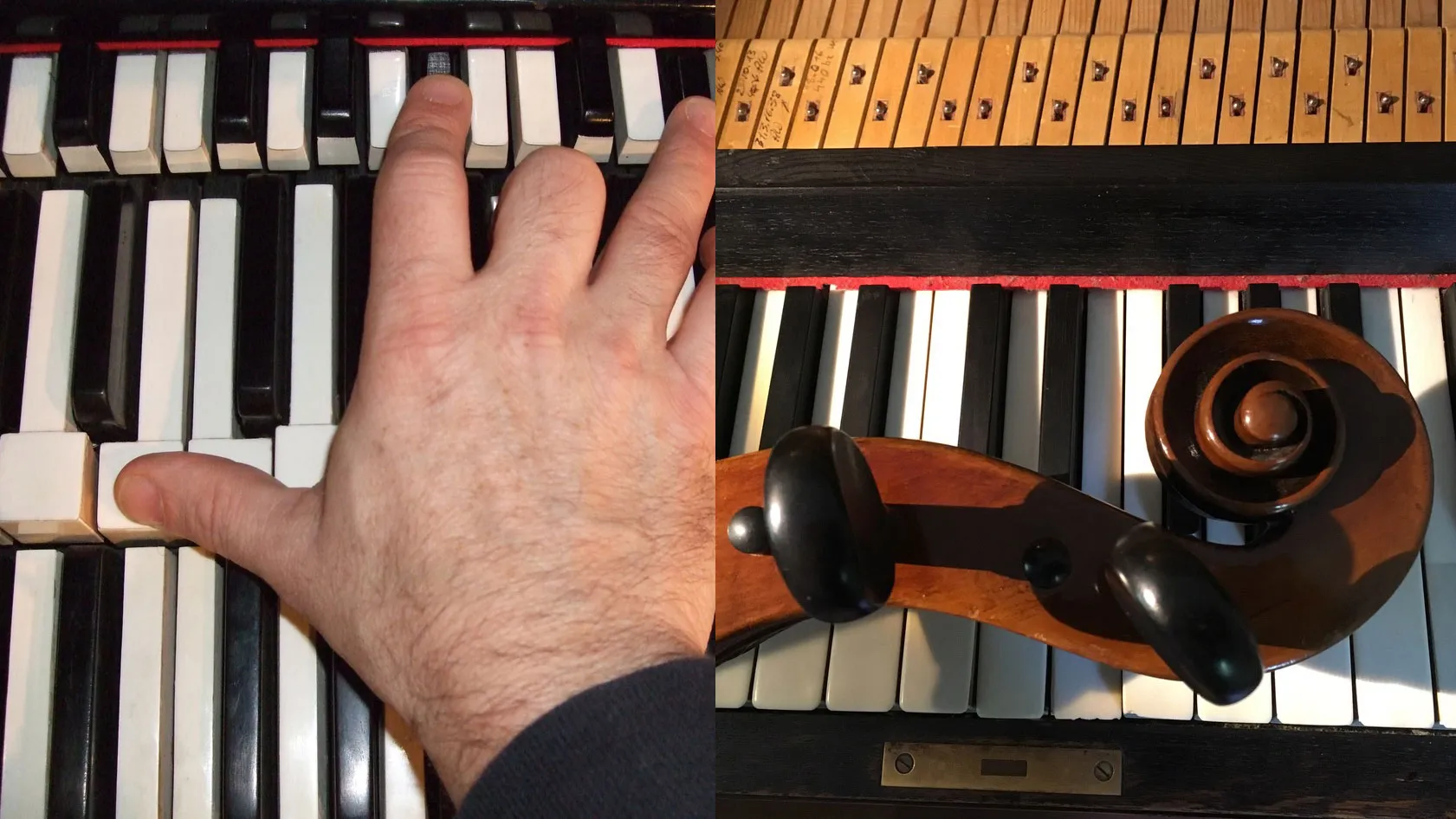
Please see event at arts.rpi.edu for more information.

EMPAC’s Spatial Audio Seminar was a gathering of composers and programmers discussing technologies such as Wave Field Synthesis and High-Order Ambisonics. Taking place over five days, this intensive seminar covered the technical, theoretical, and practical issues surrounding spatial audio platforms. A collaboration with IRCAM and Stanford University’s CCRMA, the program gave participants experience with hundreds of channels of audio, including EMPAC’s new 500+ speaker wave field array.
On the seminar’s second night, workshop leaders Markus Noisternig and Rama Gottfried joined with experimental cellist Okkyung Lee to perform a program of music composed for spatial audio systems. In addition to playback pieces by composers Natasha Barrett and Olga Neuwirth, Lee and Gottfried performed the latter’s piece, Fluoresce, and Lee improvised with Noisternig, who spatially manipulated the performance through an Ambisonic dome.
Main Image: Photo by Michael Valiquette/EMPAC.
Spatial Audio Concert with Okkyung Lee, Markus Noisternig, and Rama Gottfried: Spatial Audio Summer Seminar 2018.
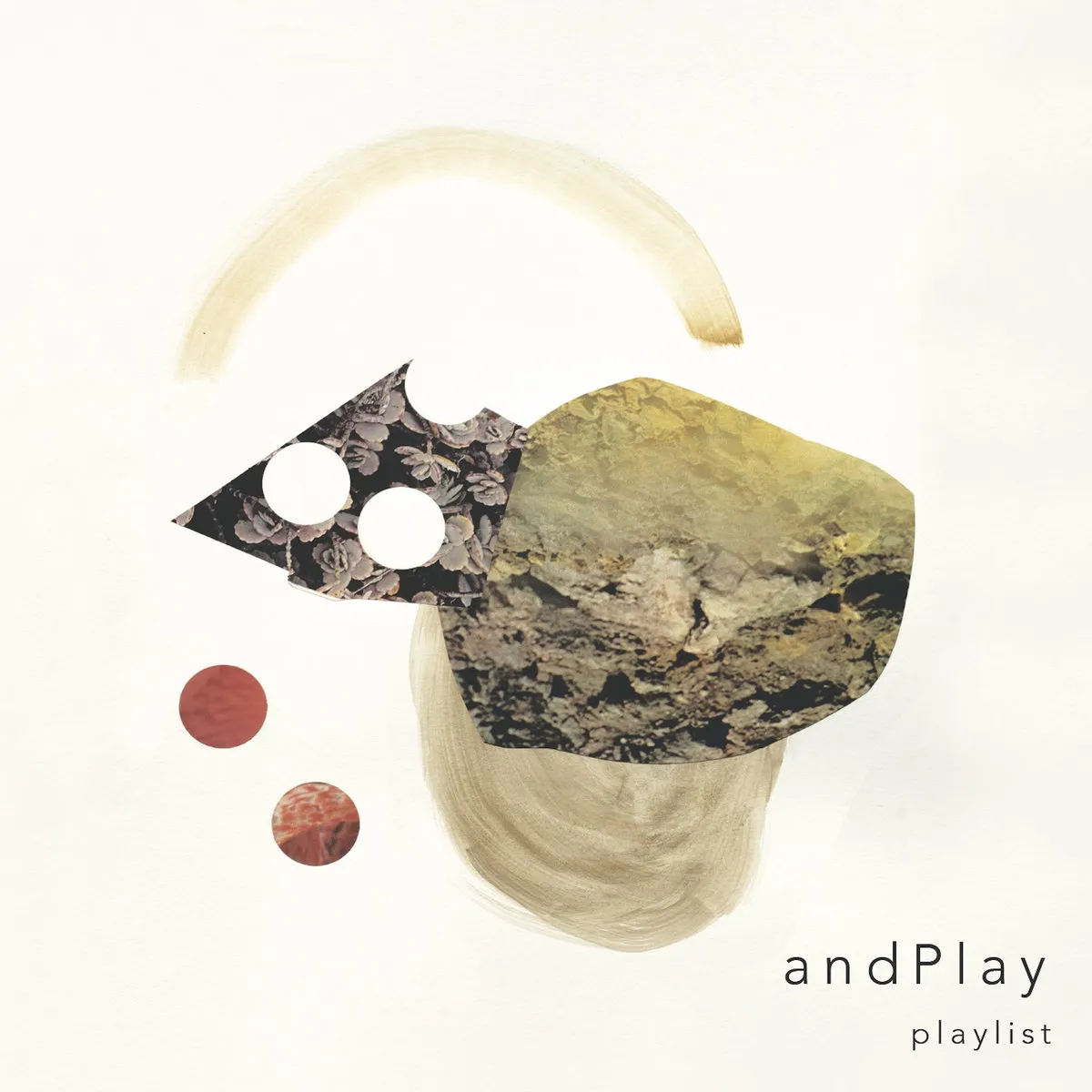
andPlay recorded its debut album playlist, which contained works by Ashkan Behzadi, David Bird, and Clara Iannotta. Described by the multimedia website I Care If You Listen as “enthusiastic champions for new music and collaboration” and performing “with a welcoming and dynamic spirit,” andPlay is committed to expanding the existing violin/viola duo repertoire through performing rarely heard works and commissioning emerging composers. The “genre-busting” New York City-based duo of Maya Bennardo, violin, and Hannah Levinson, viola, has commissioned over 30 works.
playlist was released September 27, 2019, by New Focus Recordings.
Main Image: Album Cover: playlist, 2019.
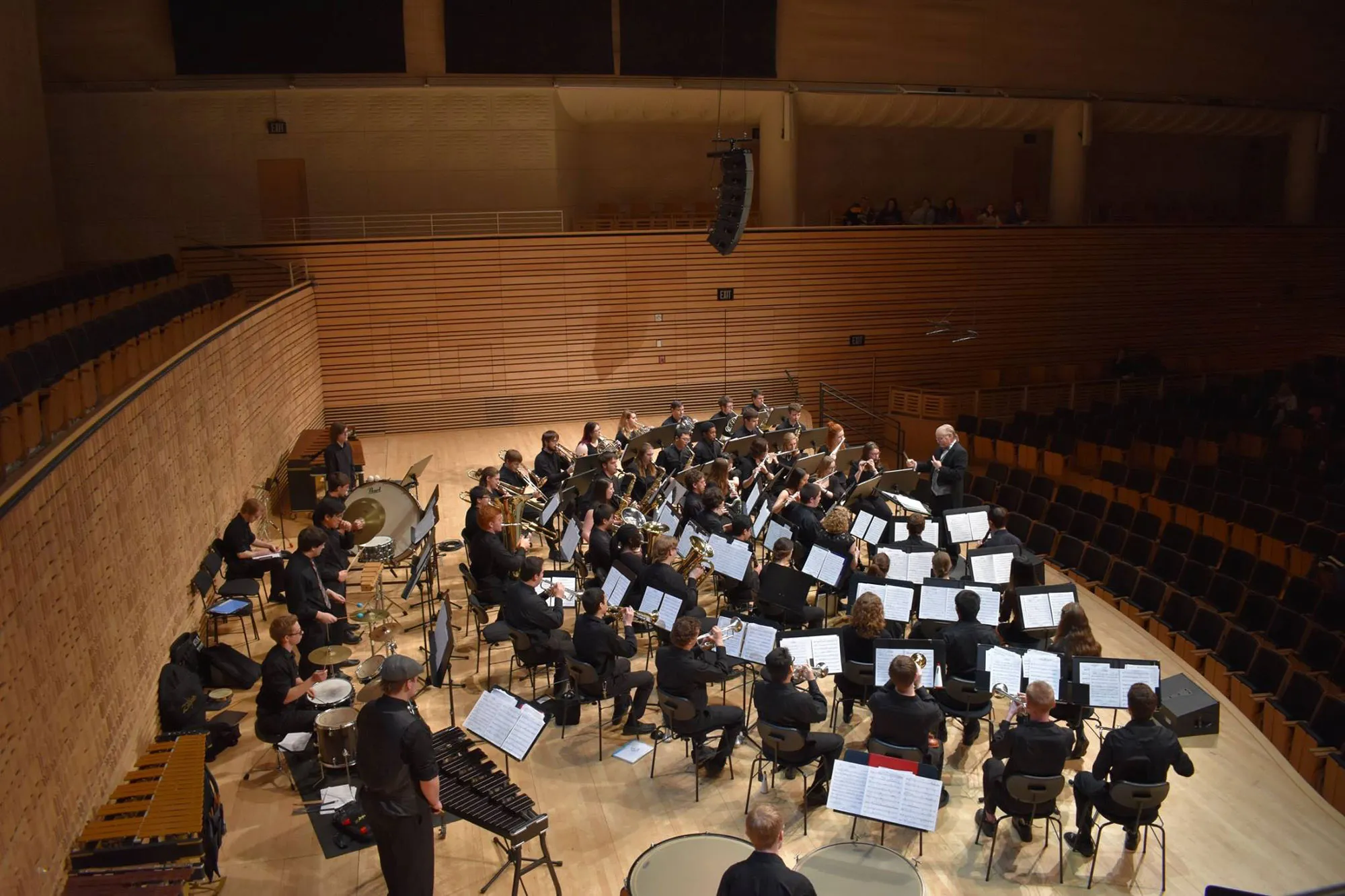
This event is presented by the Rensselaer Music Association.
Main Image: Rensselaer Music Association symphonic band onstage in the concert hall.

Kicking off the 10YEARS celebration, Formosa Quartet leads guests on a unique musical journey throughout the EMPAC building. Performing in all four EMPAC venues— the Concert Hall, Theater, Studio 1, and Studio 2—the ensemble will showcase classical repertoire particularly suited to the distinct acoustic profile of each space. Throughout the show, the audience will be led from venue to venue to hear how, in performance, the room is as important as the musicians and music.
Regarded as one of the very best quartets of their generation, Formosa Quartet formed in 2002 when the four founding members came together for a concert tour of Taiwan. Committed to championing Taiwanese music and promoting the arts in the land of their heritage, as well as exploring diverse and adventurous mediums for string quartet, Formosa have performed in major venues throughout the United States, Asia, and Europe.
With degrees from the Juilliard School, Curtis Institute of Music, and New England Conservatory, the members of Formosa Quartet—Jasmine Lin, Wayne Lee, Che-Yen Chen, and Deborah Pae—have established themselves as leading solo, chamber, and orchestral musicians and have been top prizewinners in numerous prestigious competitions, including both the First Prize and Amadeus Prize at the London International String Quartet Competition. Formosa Quartet performs on Joseph Curtin (2001) and Andrea Guarneri (1662) violins, an Enrico Catenari viola (1680), and a Vincenzo Postiglione cello (1885), on generous loan from the Arts and Letters Foundation.
Main Image: Formosa Quartet. Photo: Paula Court.
Formosa Quartet - Double Quartet: Strings and Spaces. October 11, 2018
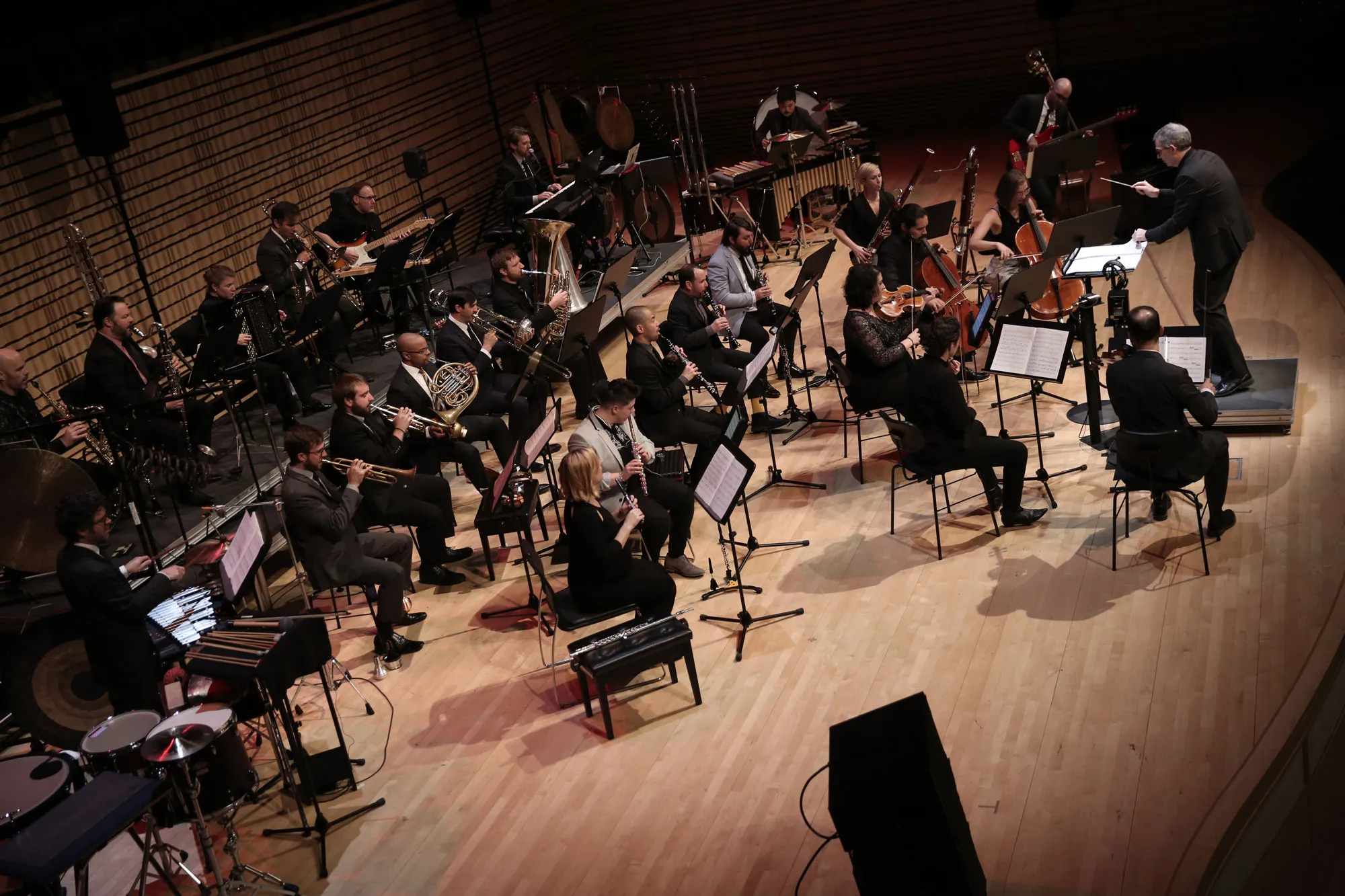
Lost Highway Suite by Olga Neuwirth is a composition for a large ensemble of musicians, six soloists, and live electronics, with many loudspeakers surrounding the audience. The suite is drawn from the orchestral parts of Neuwirth’s 2003 opera Lost Highway, the libretto of which was co-written by Austrian Nobel Laureate Elfriede Jelinek and inspired by the film of the same name by David Lynch and Barry Gifford.
The suite consists of instrumental sections from the opera that the composer has tied together into one piece. The opera and its libretto set the tone and atmosphere for this composition, but there is no direct link between the film and the suite. However, the film, opera, and suite share a common structural approach. Rather than pursuing narrative continuity and evolution, different musical tableaus and sonic spaces are established, which then mutate, and change into one another, almost like cuts between different scenes in a film.
Six soloists (saxophone, clarinet, trombone, guitar, accordion, and keyboards) are positioned behind the ensemble and channeled to the live electronic system, the output of which is then fed to the loudspeakers. Originally, the suite was performed with a ring of loudspeakers surrounding the audience. The performance here at EMPAC will utilize a 64-loudspeaker dome installed in the concert hall, for which the electronic part of the composition needed to be reprogrammed. This technology, High-Order Ambisonics, is a refined system for the spatial projection of sound environments that goes beyond traditional stereo or surround sound that we may know from movie theaters. Underlying the music is a series of existential questions: How do we know what is real and what is imagined? How do we differentiate between what is inside of us and what is outside? How do we get out of a situation that seems like an infinite loop with no beginning, middle, or end, when we do not see a way out?
Austrian composer Olga Neuwirth (born 1968) gained international recognition at the age of 22 for two mini-operas based on works of Nobel Prize-winner Elfriede Jelinek. Since then, she’s written several music theater pieces including her first dramatic work, Bählamms Fest (also based on one of Jelinek’s works), The Outcast, American Lulu, and Hommage á Klaus Nomi.
International Contemporary Ensemble (ICE) is a 35-member artist collective that explores how new music intersects with communities across the world. Works by emerging composers have anchored ICE’s programming since its founding in 2001, and the group’s recordings and digital platforms highlight the many voices that weave music’s present.
Main Image: ICE performing Lost Highway Suite in the concert hall for 10YEARS in October, 2018.